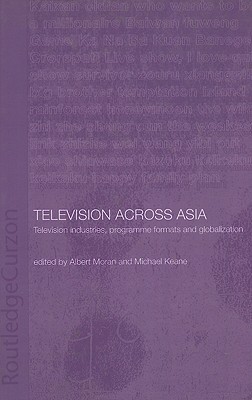
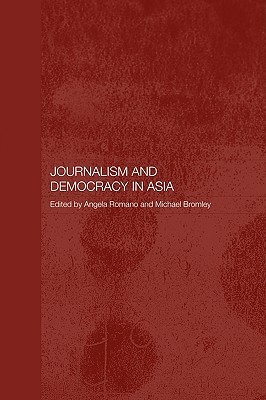

Books in series

Television Across Asia
TV Industries, Programme Formats and Globalisation
2001

Journalism and Democracy in Asia
2005

Cultural Control and Globalization in Asia
Copyright, Piracy and Cinema
2005
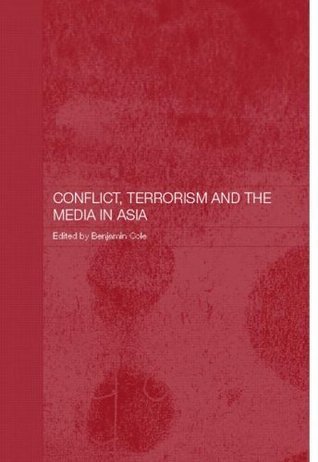
Conflict, Terrorism and the Media in Asia
2006
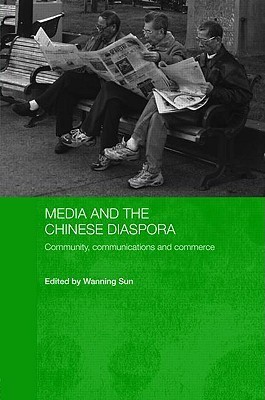
Media and the Chinese Diaspora
2006
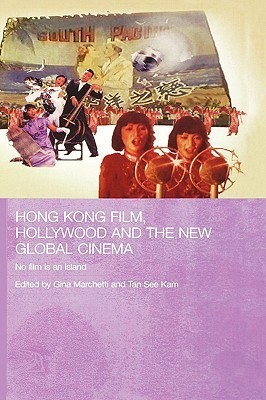
Hong Kong Film, Hollywood and New Global Cinema
No Film is An Island
2006
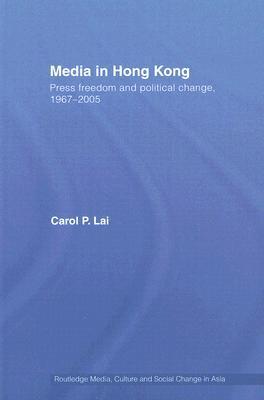
Media in Hong Kong
Press Freedom and Political Change, 1967-2005
2007
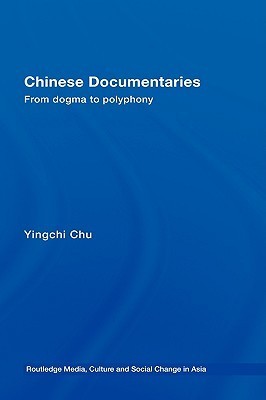
Chinese Documentaries
From Dogma to Polyphony
2007
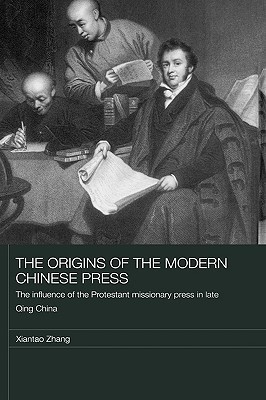
The Origins of the Modern Chinese Press
The Influence of the Protestant Missionary Press in Late Qing China
2007
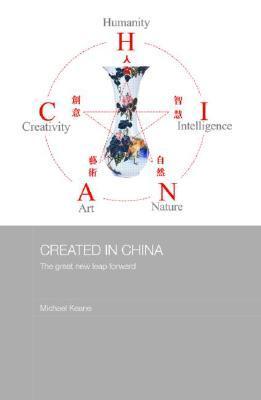
Created in China
The Great New Leap Forward
2007
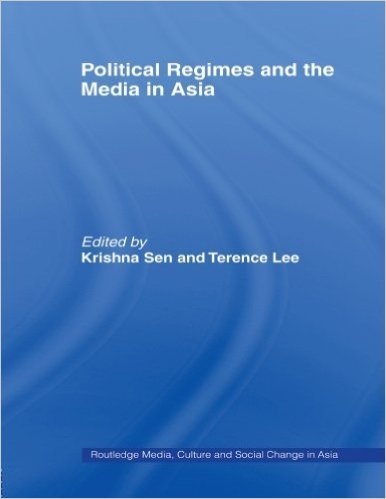
Political Regimes and the Media in Asia
2007
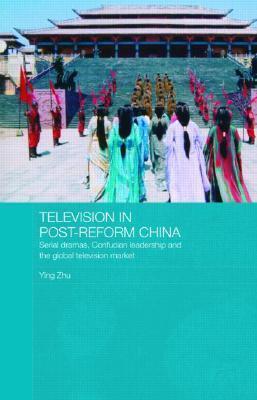
Television in Post-Reform China
Serial Dramas, Confucian Leadership and the Global Television Market
2008
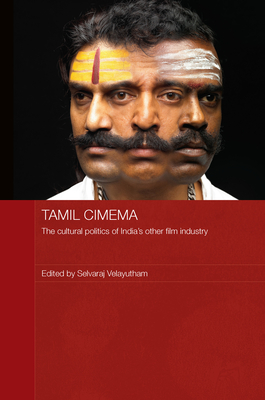
Tamil Cinema
The Cultural Politics of India's Other Film Industry
2008
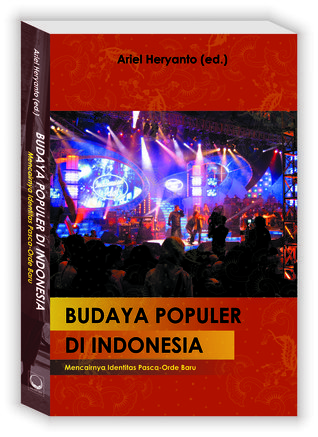
Budaya Populer di Indonesia, Mencairnya Identitas Pasca-Orde Baru
2008
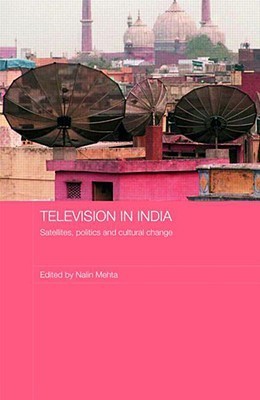
Television in India
Satellites, Politics and Cultural Change
2008
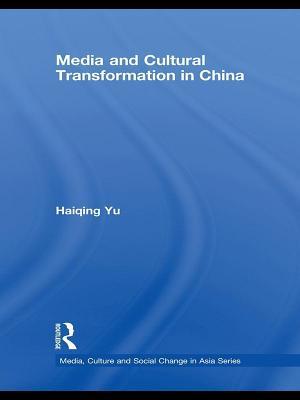
Media and Cultural Transformation in China
2009
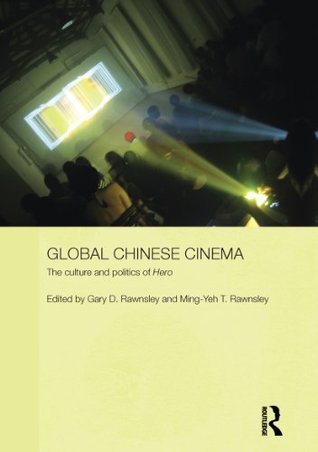
Global Chinese Cinema
The Culture and Politics of 'Hero'
2010
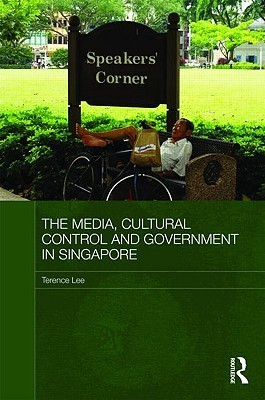
The Media, Cultural Control and Government in Singapore
2010

Politics and the Media in Twenty-First Century Indonesia
Decade of Democracy
2010
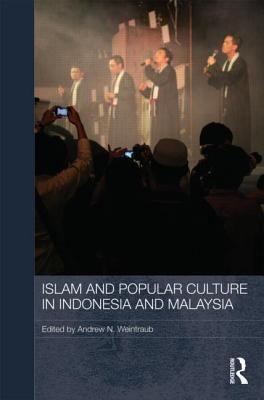
Islam and Popular Culture in Indonesia and Malaysia
2011
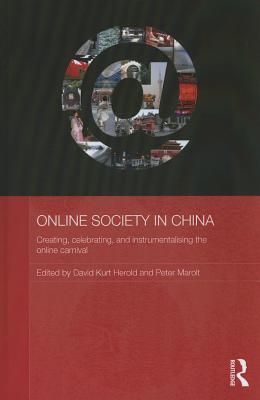
Online Society in China
Creating, celebrating, and instrumentalising the online carnival
2011
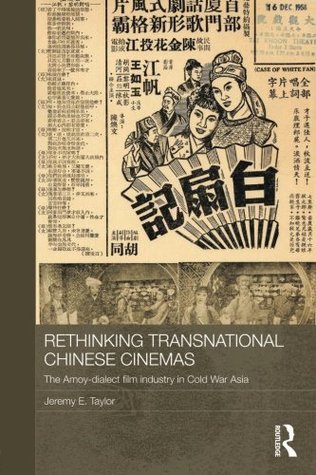
Rethinking Transnational Chinese Cinemas
2011

Film in Contemporary Southeast Asia
Cultural Interpretation and Social Intervention
2011
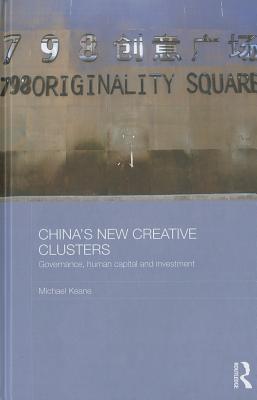
China's New Creative Clusters
Governance, Human Capital and Investment
2011
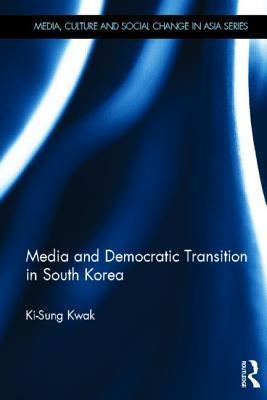
Media and Democratic Transition in South Korea
2012
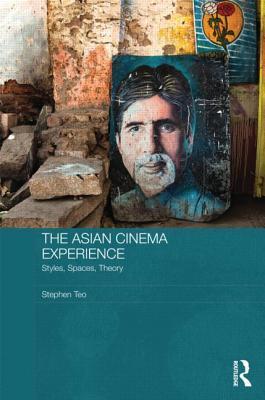
The Asian Cinema Experience
Styles, Spaces, Theory
2012
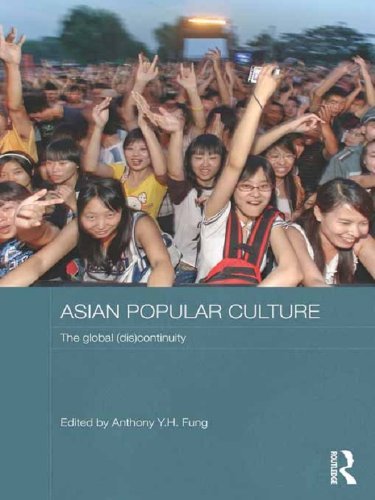
Asian Popular Culture
The Global (Dis)continuity
2013
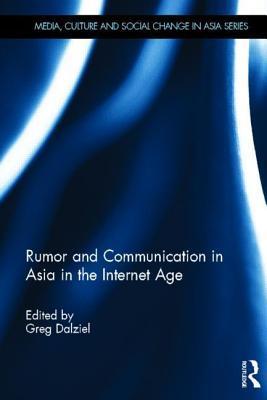
Rumor and Communication in Asia in the Internet Age
2013
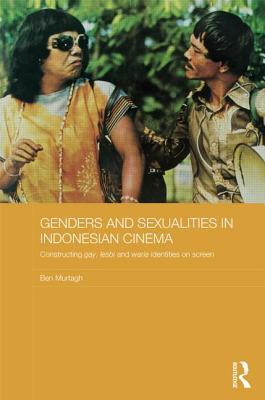
Genders and Sexualities in Indonesian Cinema
Constructing gay, lesbi and waria identities on screen
2013
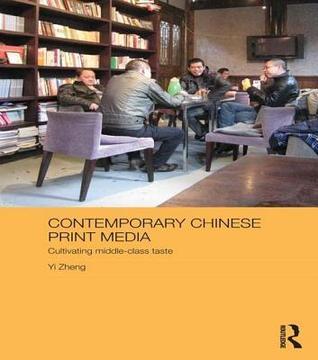
Contemporary Chinese Print Media
Cultivating Middle Class Taste
2011

Democracy, Media and Law in Malaysia and Singapore
A Space for Speech
2013
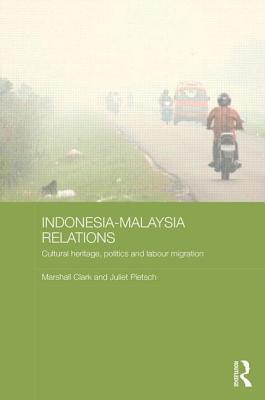
Indonesia-Malaysia Relations
Cultural Heritage, Politics and Labour Migration
2014
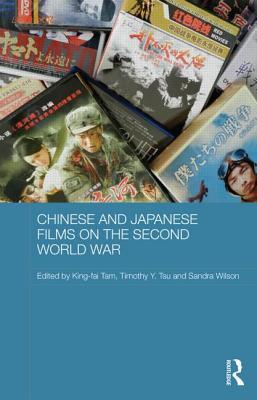
Chinese and Japanese Films on the Second World War
2014
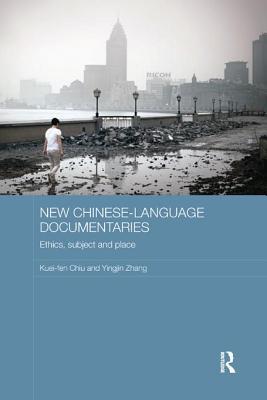
New Chinese-Language Documentaries
Ethics, Subject and Place
2014
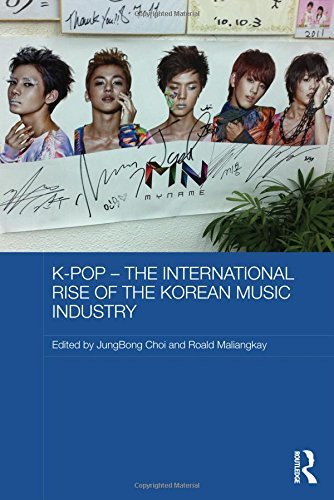
K-Pop
The International Rise of the Korean Music Industry
2014
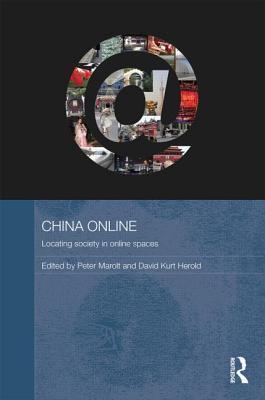
China Online
Locating Society in Online Spaces
2014
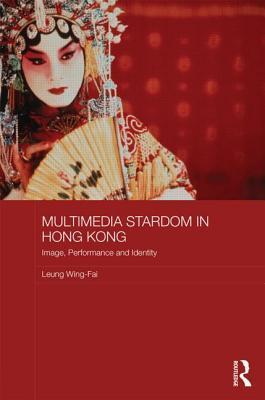
Multimedia Stardom in Hong Kong
2014
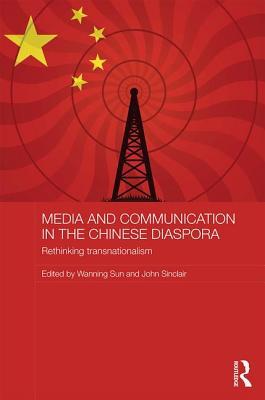
Media and Communication in the Chinese Diaspora
Rethinking Transnationalism
2015
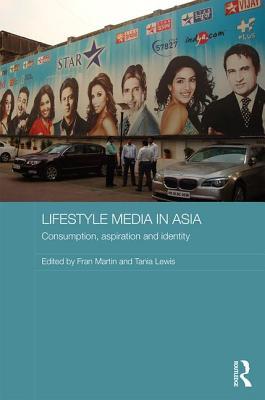
Lifestyle Media in Asia
Consumption, Aspiration and Identity
2015
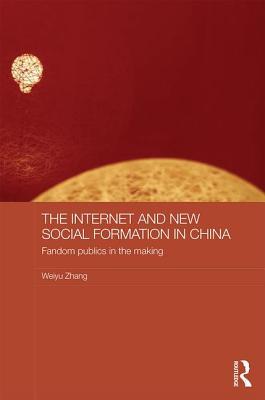
The Internet and New Social Formation in China
Fandom Publics in the Making
2016
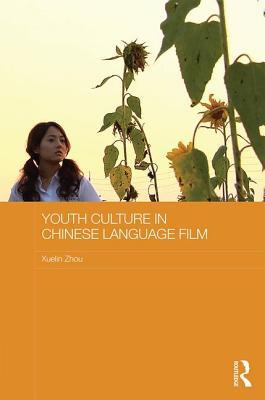
Youth Culture in Chinese Language Film
2016
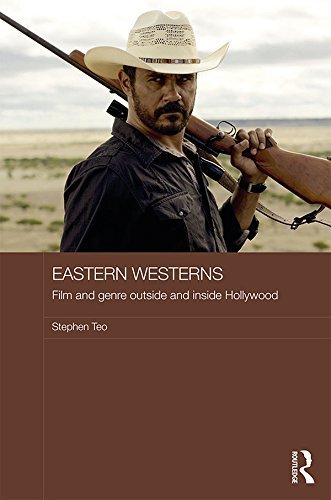
Eastern Westerns
Film and Genre Outside and Inside Hollywood
2016

Singapore Cinema
New Perspectives
2016
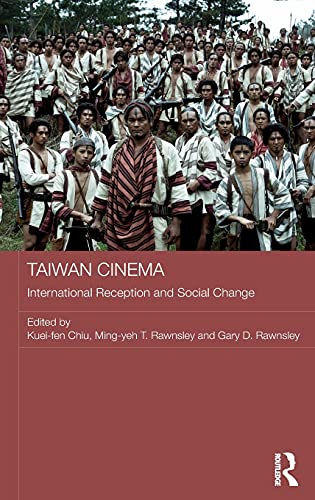
Taiwan Cinema
International Reception and Social Change
2017
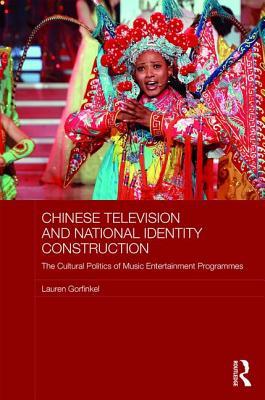
Chinese Television and National Identity Construction
The Cultural Politics of Music-Entertainment Programmes
2016
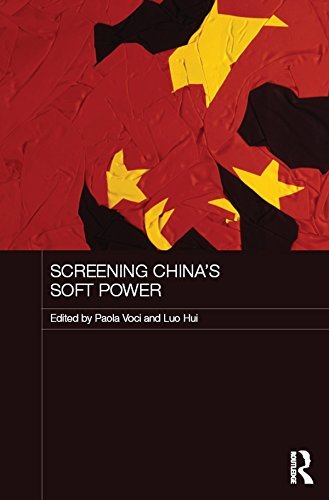
Screening China's Soft Power
2017
Authors
Dr. Ying Zhu is a Professor in the Department of Media Culture at The College of Staten Island of the City University of New York (CUNY). She earned her Ph.D. at the University of Texas at Austin. In addition to her books, she also produced documentaries for Netherlands public television: Google vs. China (2011) and China: From Cartier to Confucius (2012).
Laikwan Pang teaches cultural studies at the Chinese University of Hong Kong. She is the author of Building a New Cinema in China: The Chinese Left-wing Cinema Movement, 1932-37 (Rowman and Littlefield, 2004) and Cultural Control and Globalisation in Asia: Copyright, Piracy and Cinema (RoutledgeCurzon, forthcoming). (copied from the blurb at the back of Masculinities and Hong Kong Cinema)
Stephen Teo is currently associate professor at the Wee Kim Wee School of Communication and Information, Nanyang Technological University, Singapore. He has done significant research work in the field of the Hong Kong cinema, and his research areas include other Asian cinemas, revolving around subjects of genre theory, film history, auteur studies, cultural studies, national cinema, and investigations into the literary and visual aspects of film theory.